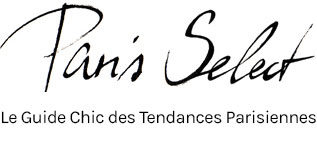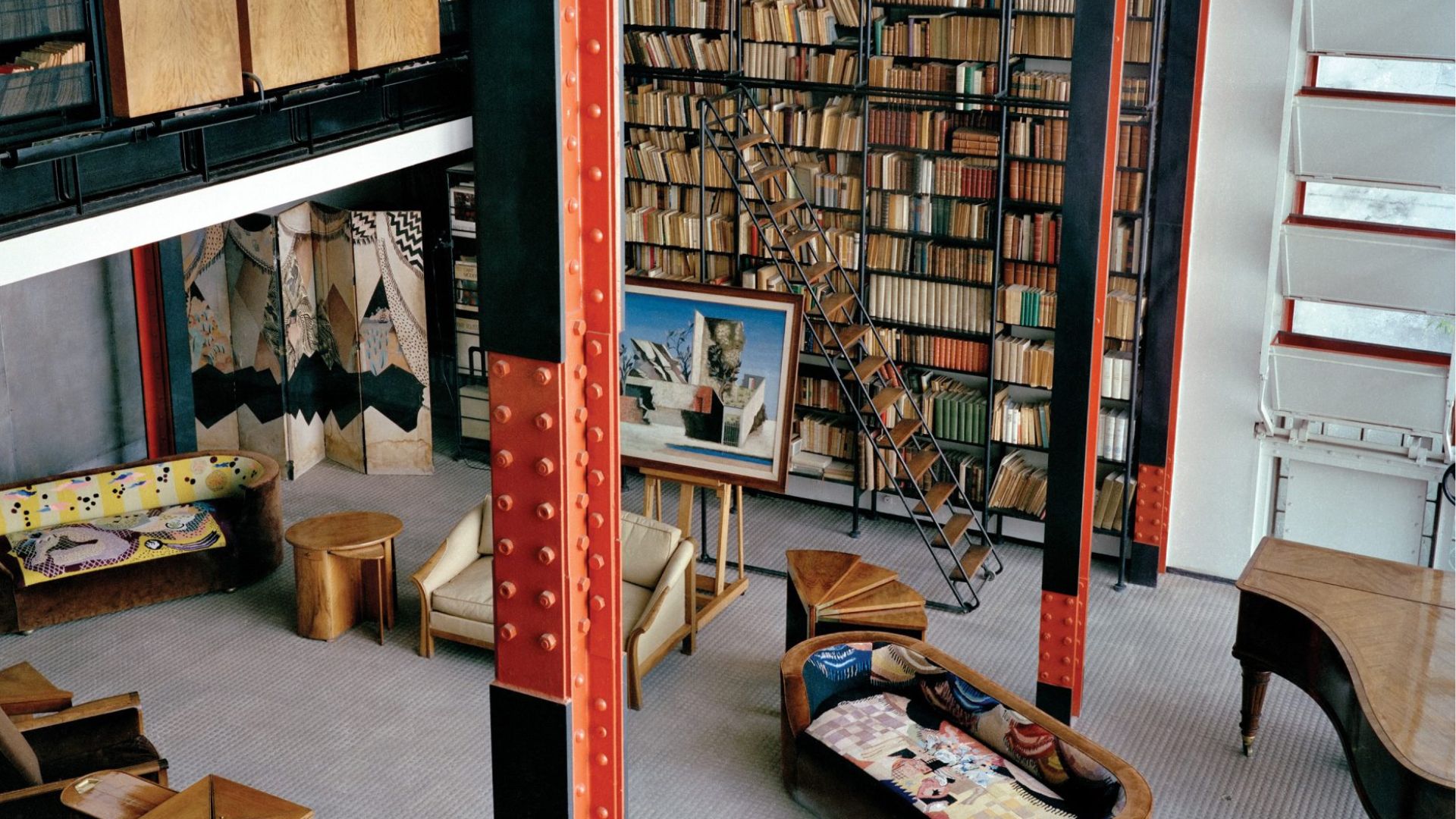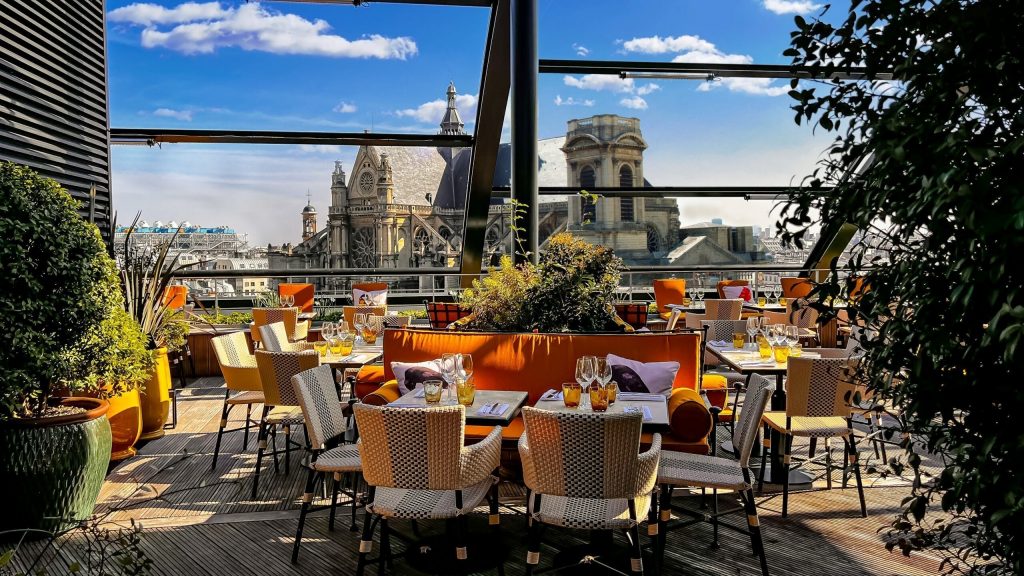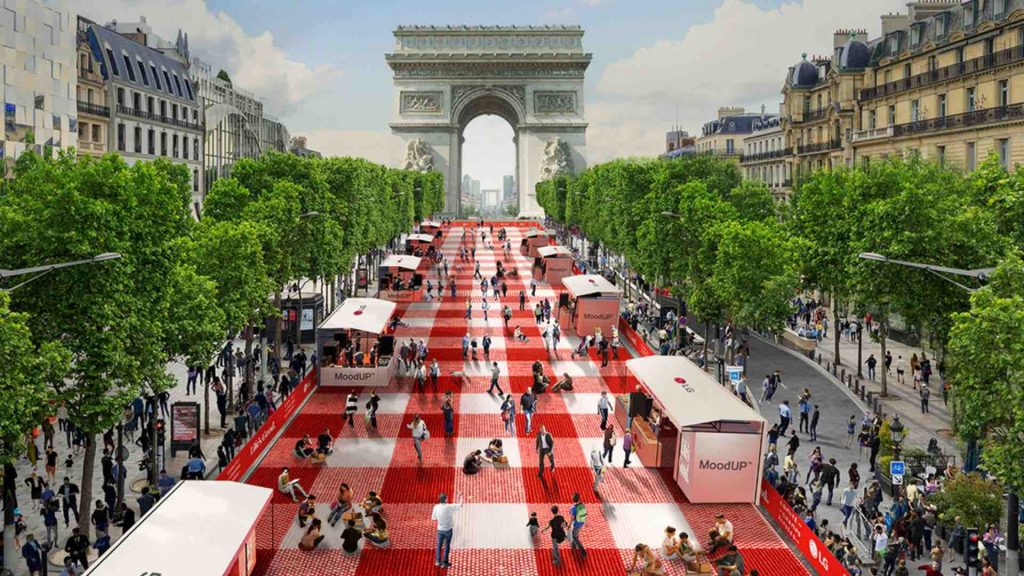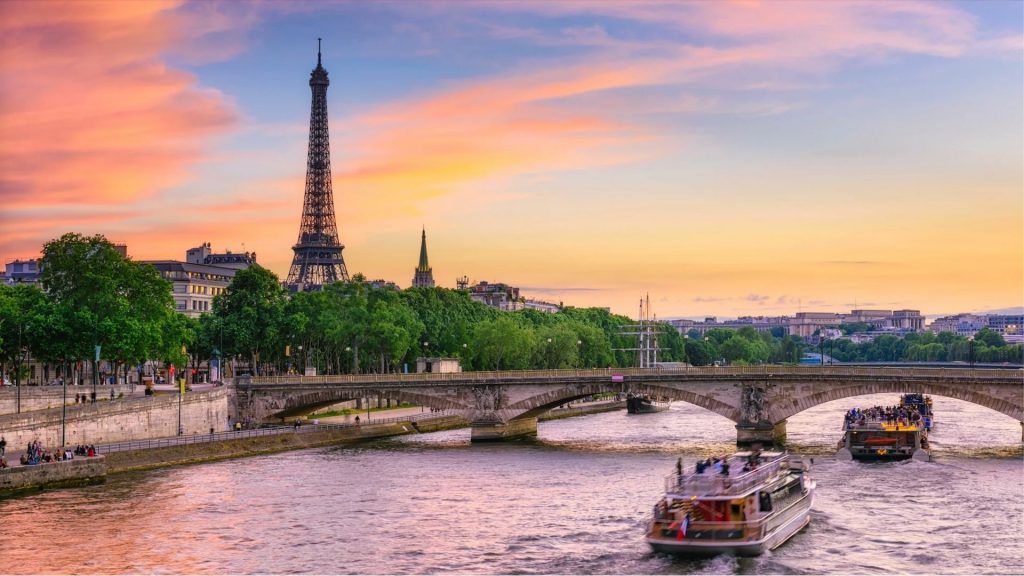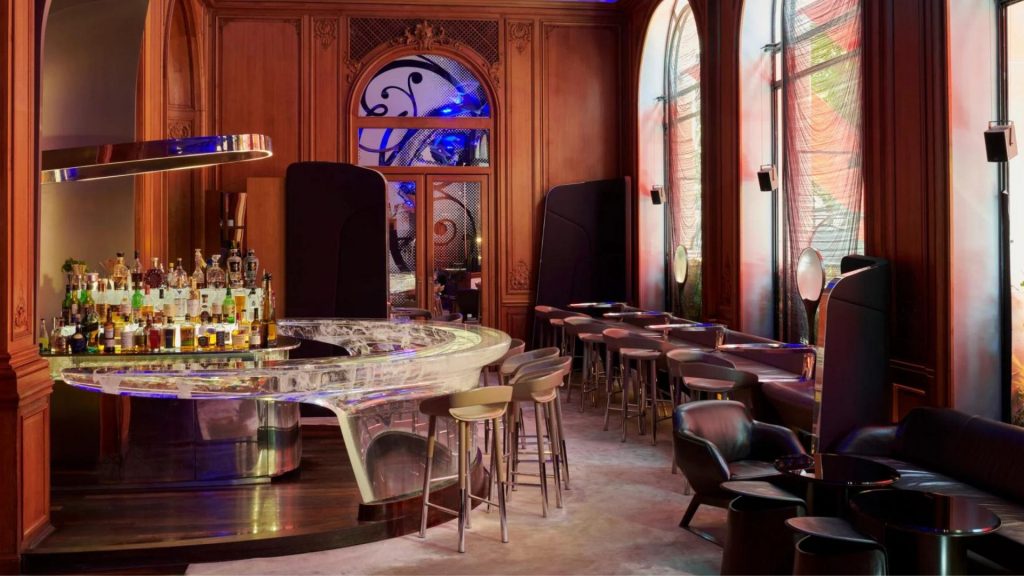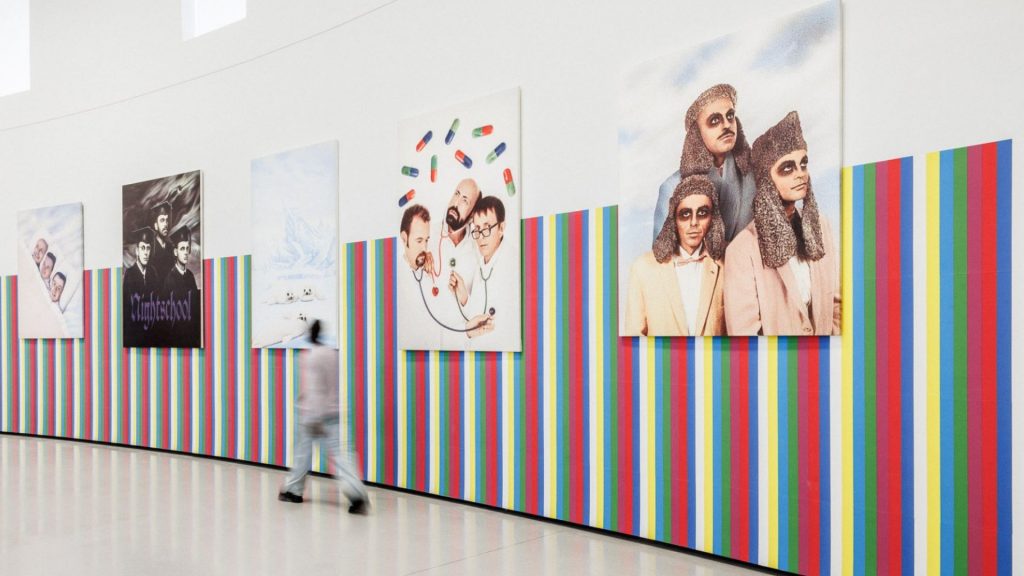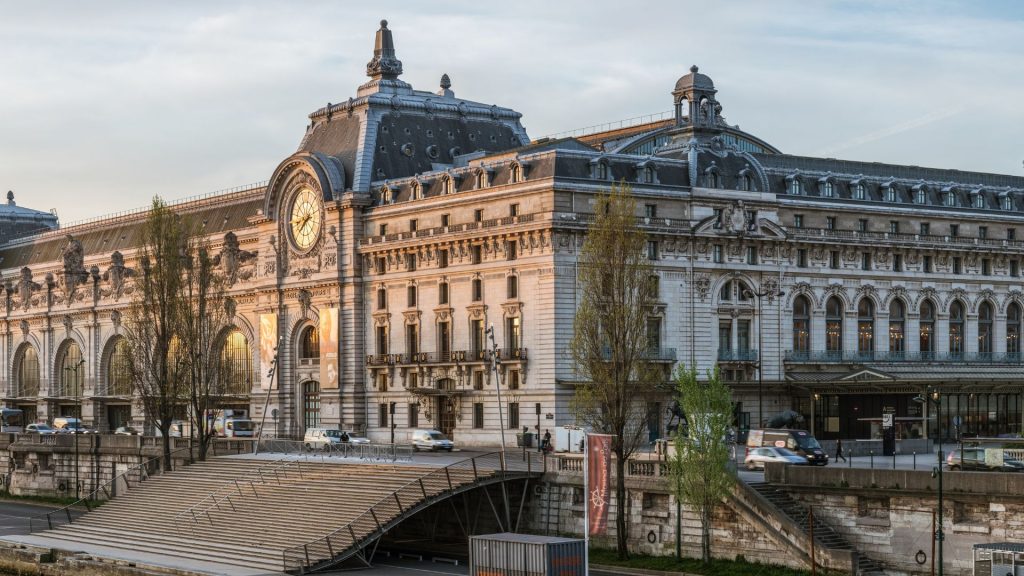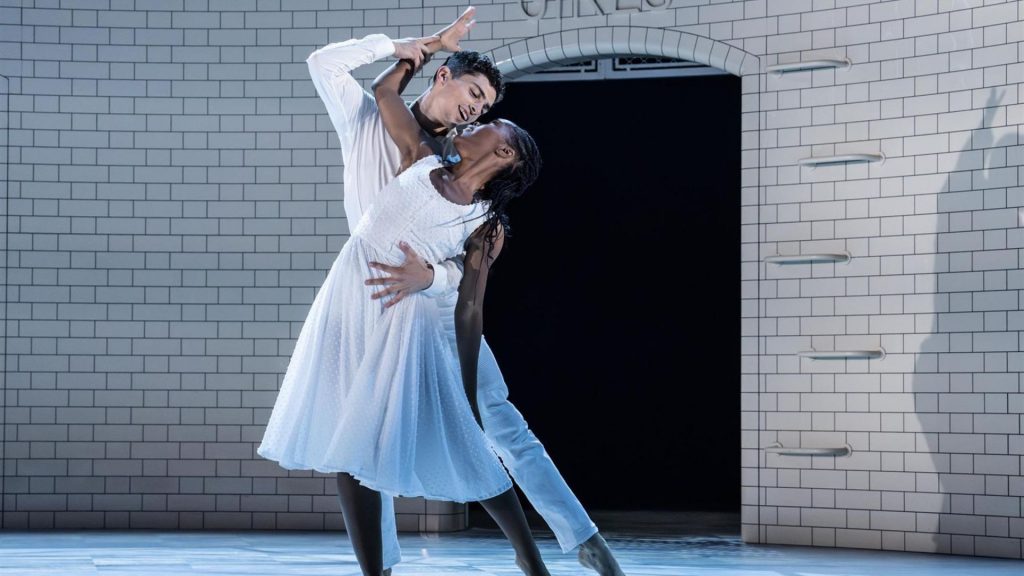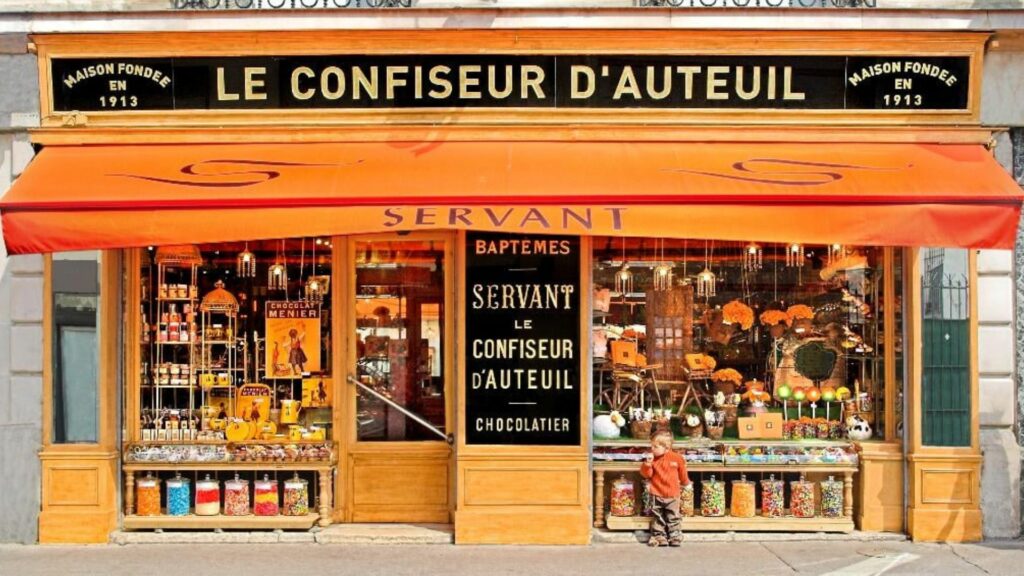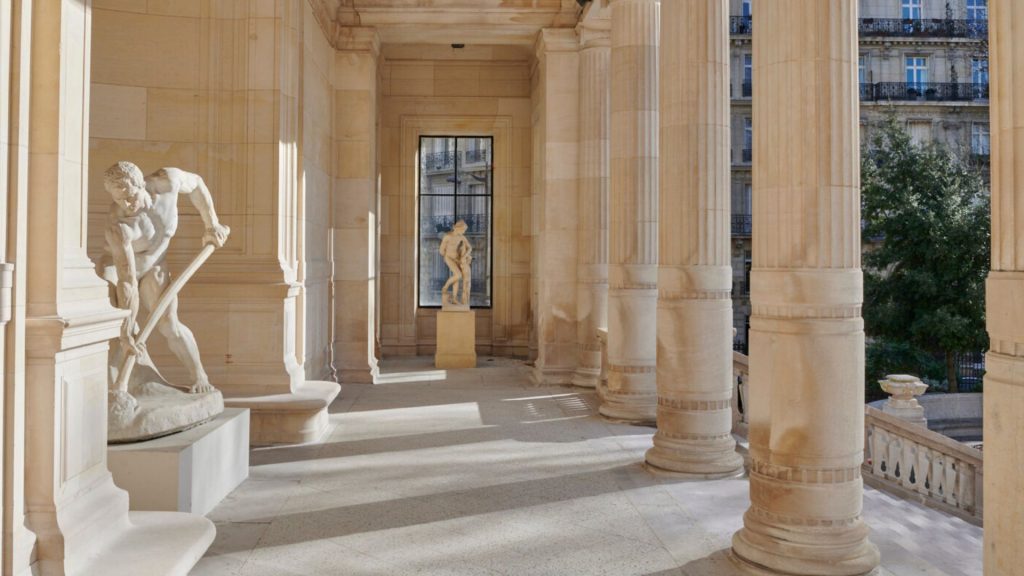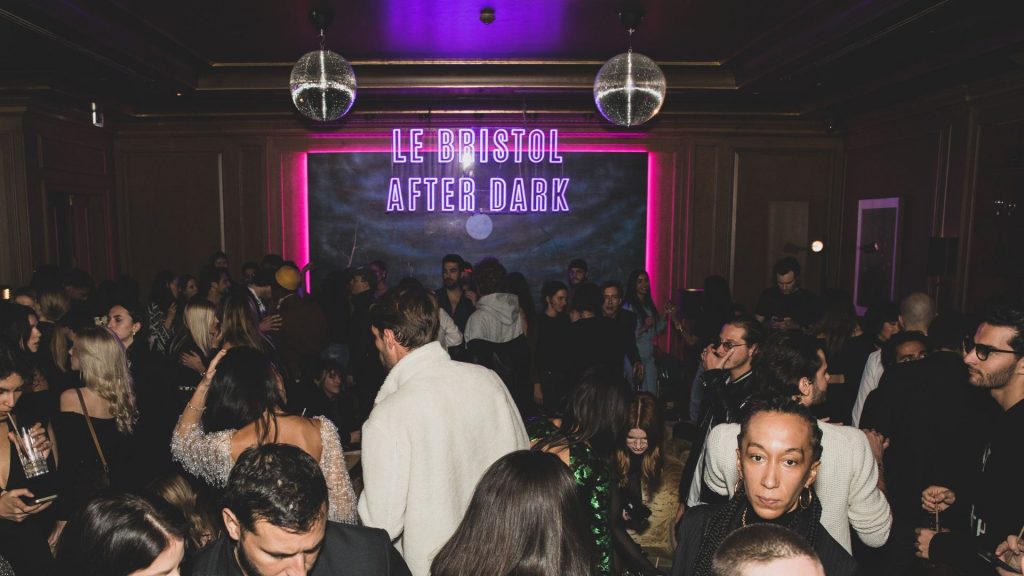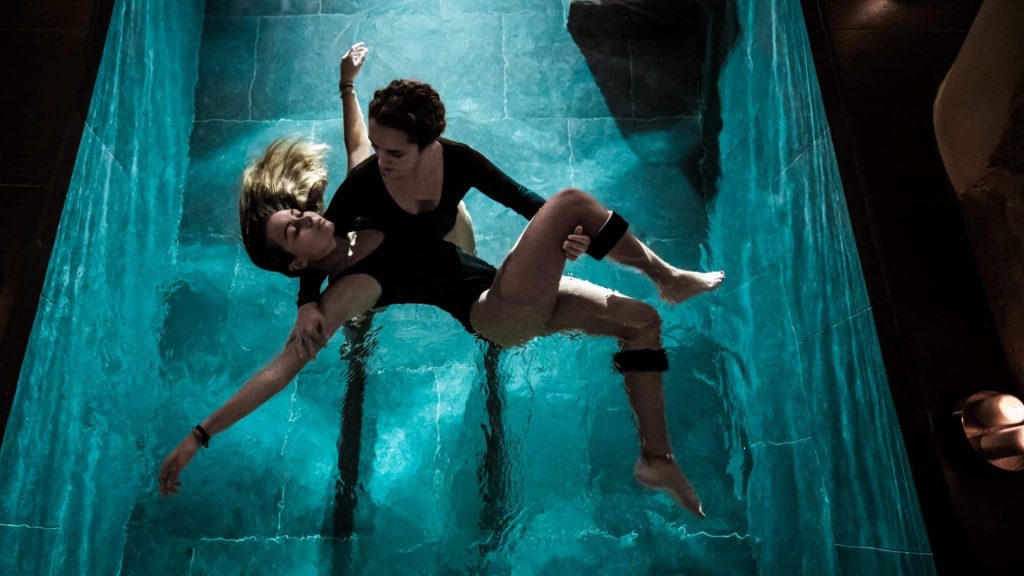Between lit alleys, little-known neighborhoods and places off the beaten track, the French capital reveals a mysterious face that comes particularly alive at this time of year. Paris reveals its most unusual treasures, ready to reveal little-known places that will arouse the curiosity of city dwellers. Here is an anthology of confidential spots, It’s here to see the most unusual places in Paris.
Immerse yourself in the secrets of the National Library of France
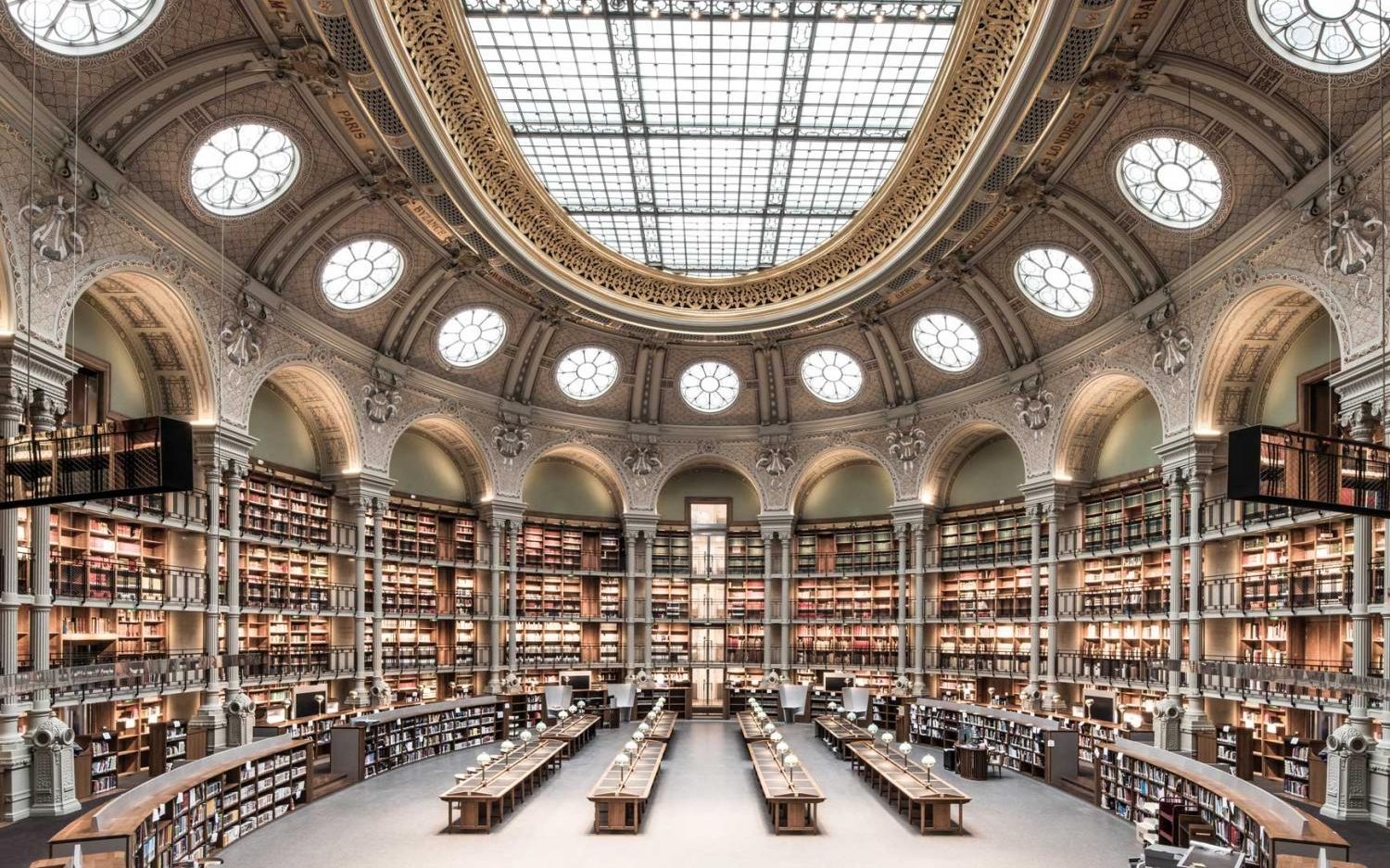
If the temporary exhibitions proposed by the Bibliotheque Nationale are well known to Parisians, many are unaware that a exciting guided tour allows you to discover some of the rooms usually reserved for researchers or accredited people. The famous Labrouste work room, inaccessible in normal times is truly impressive. 16 columns cast iron 10 meters high support 9 domes glazed earthenware allowing daylight to pass through.
The Labrouste Room is only accessible when visits de 9:30 a.m. and 17:30 p.m.. This space is reserved for researchers during the day! During the rest of the visit, you can also admire the rooms of the department of Performing Arts. Among the rotunda as well as the brand new reading room. Here, the light wood decor and refined furniture bring an unexpected touch of modernity.
Bibliothèque nationale de France – 58 Rue de Richelieu, 75002 Paris
Discover the Cabinet of Curiosities of Bonnier de la Mousson
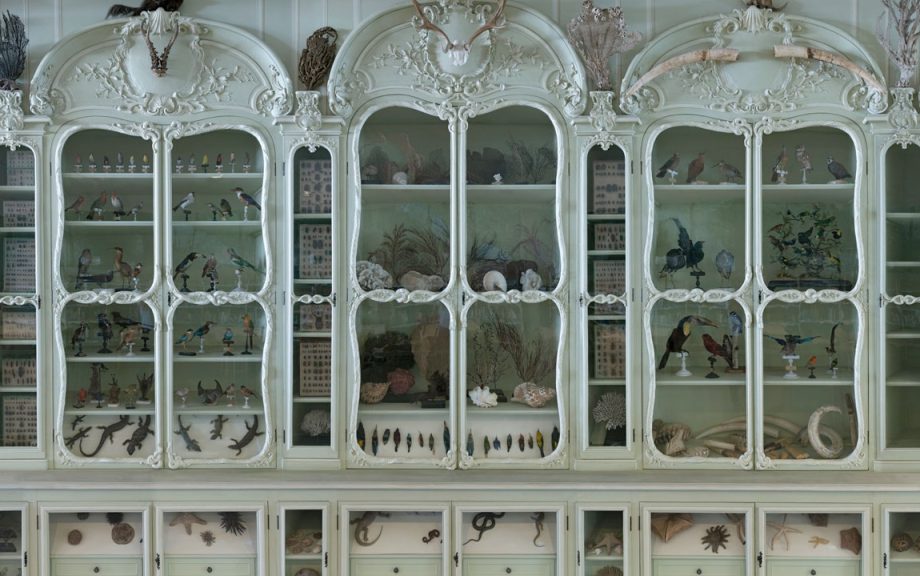
Hidden behind the white wall of the media library Natural History Museum, the cabinet of curiosities Joseph Bonnier de Mosson (1702-1744) is a little-known gem. A learned collector, Bonnier ruined himself for his office. So much so that upon his death his creditors were partially reimbursed during the auctions collections in 1745.
Today, the firm is made up of five magnificent showcases carved in Dutch wood. They are decorated with intertwined snakes. Topped with animal heads adorned with real horns. Furthermore, they present a collection of insects and multicolored butterflies. Brightly colored birds. Corals as well as rare minerals. Dry animals, narwhal horns like the famous and legendary “unicorn” or even rhinoceroses, tarantulas, giant centipedes…
Cabinet of curiosities Bonnier de la Mosson – 38 Rue Geoffroy-Saint-Hilaire, 75005 Paris
Succumb to the treasures of the Senate at the Palais de Luxembourg
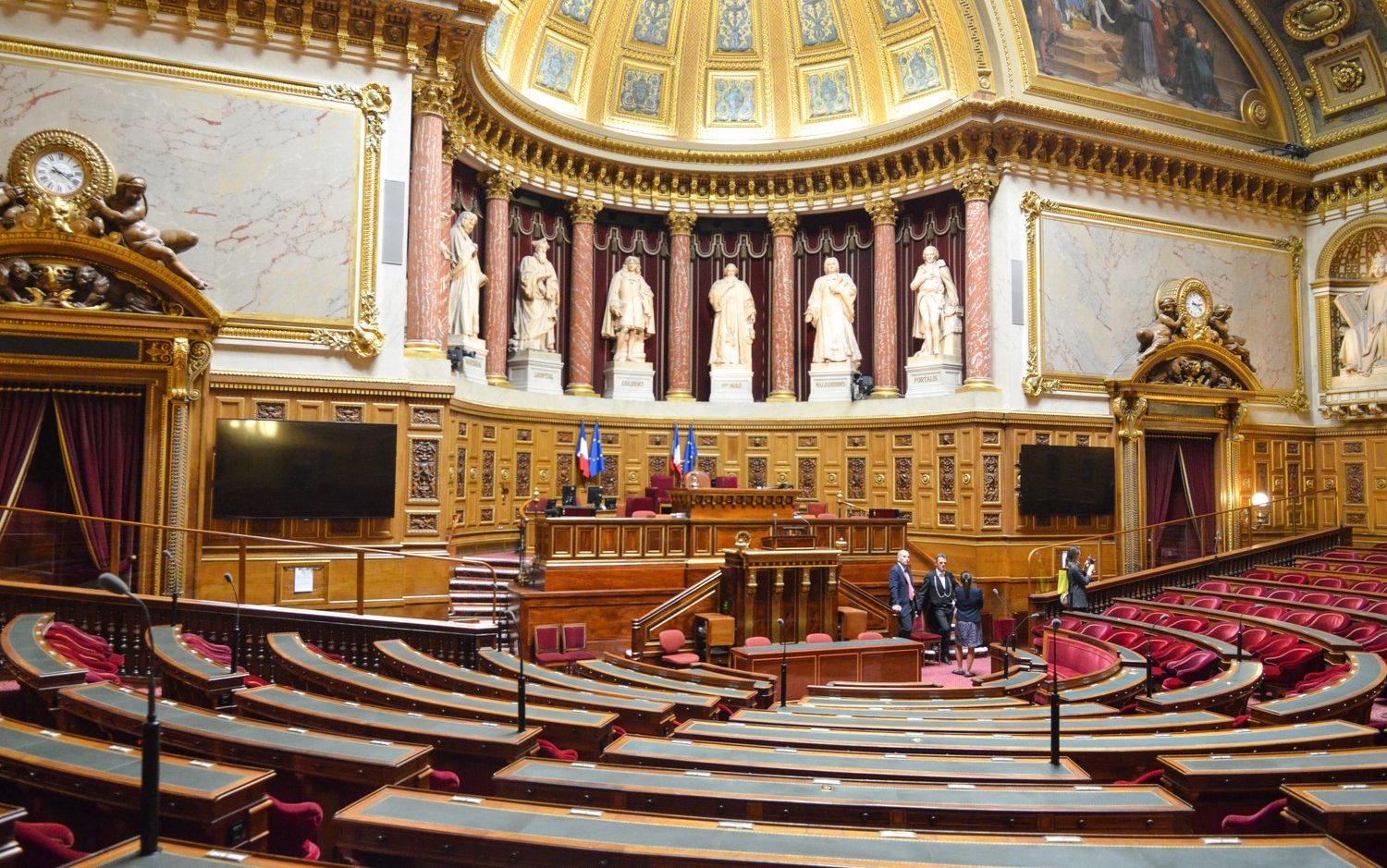
The iconic Luxembourg Palace was built from 1615 by the architect Salomon de Brosse for Queen Marie de Medici. In fact, she wanted a palace that reminded her le Pitti Palace in Florence. This monument, which today houses the Senate, is certainly one of the most little-known palaces of the Republic. We too often forget that‘it is possible to visit it as easily !
Article of the Constitution stipulates in fact that Parliament sessions are public. Any citizen can come to the doors of the Senate or the National Assembly to attend a session. The Senate opens easily (and for free) its doors to those who want to take on their role as an enlightened citizen.
Luxembourg Palace – 15 Rue de Vaugirard, 75006 Paris
Visit the sublime Mazarine Library
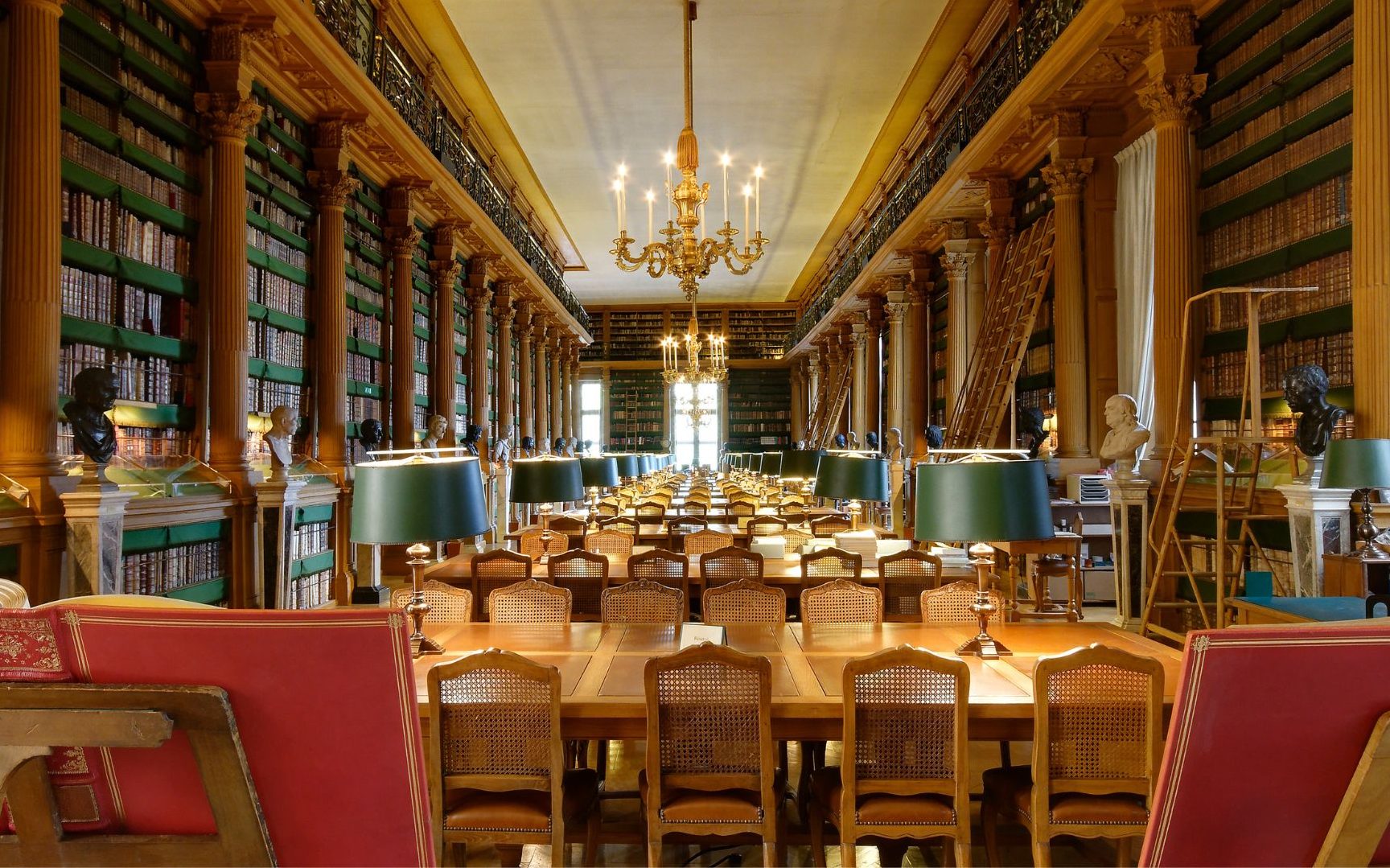
Inseparably linked to its creator, the Cardinal Mazarin, la Mazarine Library is a sublime place. Against all expectations, it is open to the public by simply presenting a cID card and two photos. The library was initially the cardinal's personal collection. He had gathered her in his mansion.
It was opened from 1643 to scholars and scholars and thus became the oldest public library in France. Attached since 1945 to the Institut de France which occupies the buildings of the former Quatre-Nations college, the Mazarine library has a collection of old books. But also a magnificent neoclassical staircase leading to the impressive reading room. 65 meters long and 8 meters high.
Mazarine Library – 23 Quai de Conti, 75006 Paris
Enter the House of Doctor Dalsace, known as the “Glass House”
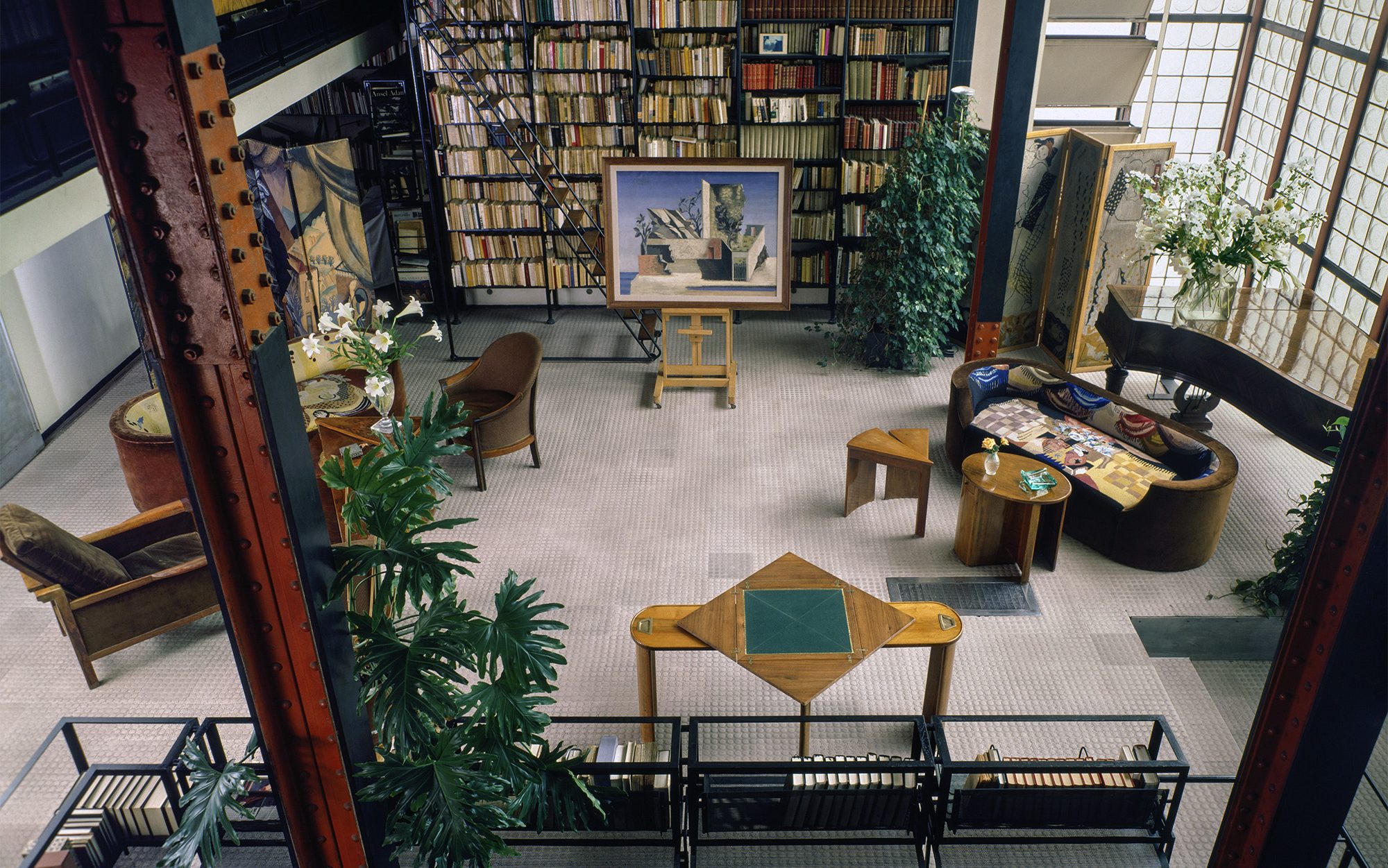
Hidden at the bottom of a courtyard, Doctor Dalsace's house was, in its time, a real novelty. Built between 1928 and 1931 by the architects Pierre Chareau and Bernard Bijovet, it is classified Historical monument since 1982. Made up of three floors, the house is built according to a sophisticated design. Thus, it plays on the transparency of its envelope and a very fluid composition of the space. Avant-garde for the time.
The courtyard façade is thus completely glazed thanks to a metal structure supporting glass blocks. Private and common spaces are demarcated by door games sliding or pivoting. Finally, the elements of the structure participate in the decoration by remaining deliberately apparent.
Glass House – 31 Rue Saint-Guillaume, 75007 Paris
Visit the Maxim’s Museum
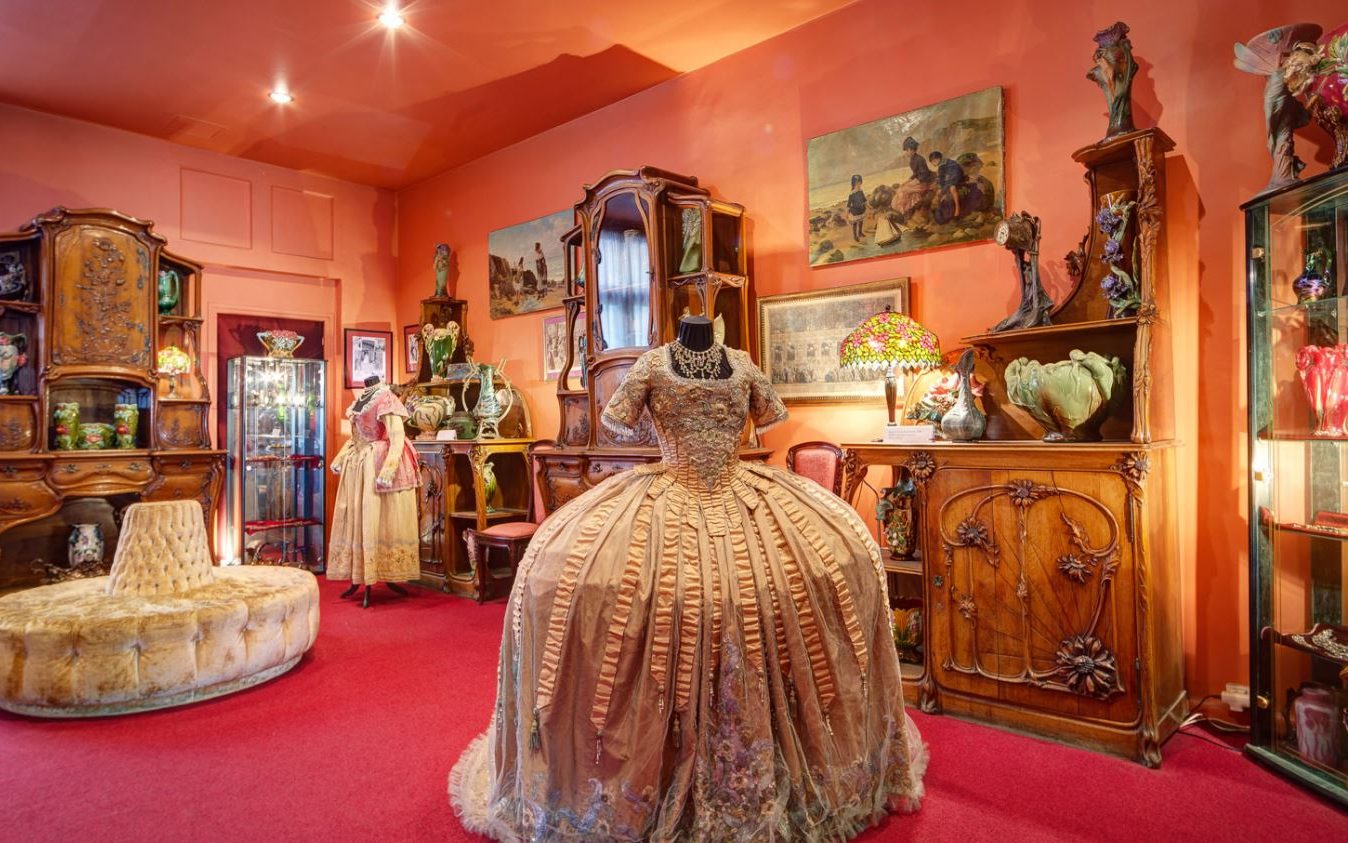
Above the famous Maxim's Restaurant, Pierre Cardin since 2004 has been exhibiting his personal collection ofArt Nouveau objects and furniture. It started 65 years ago! Built in 1758, the private mansion of 3, rue Royale was the ideal setting. In fact, the decoration of Maxim’s restaurant and reception rooms was redone in 1899 in the same Art Nouveau style. Furthermore, on the 3rd and 4th floors, Pierre Cardin recreated the apartment of a courtesan in 1900 with living room, dining room but also a bedroom.
In addition, the furniture of the master bedroom, in walnut carved in the mass, are Majorelle. Then, in the second bedroom, the furniture is in precious marquetry (lemon tree, rosewood, amaranth, etc.) from the Lyon school. There are also silverware, bronzes, crockery, linen… In short, a rich, varied and very interesting testimony to this “Belle Époque”.
Maxim’s Museum – 3 Rue Royale, 75008 Paris
Appreciate the Egyptian symbols of the Cairo Passage
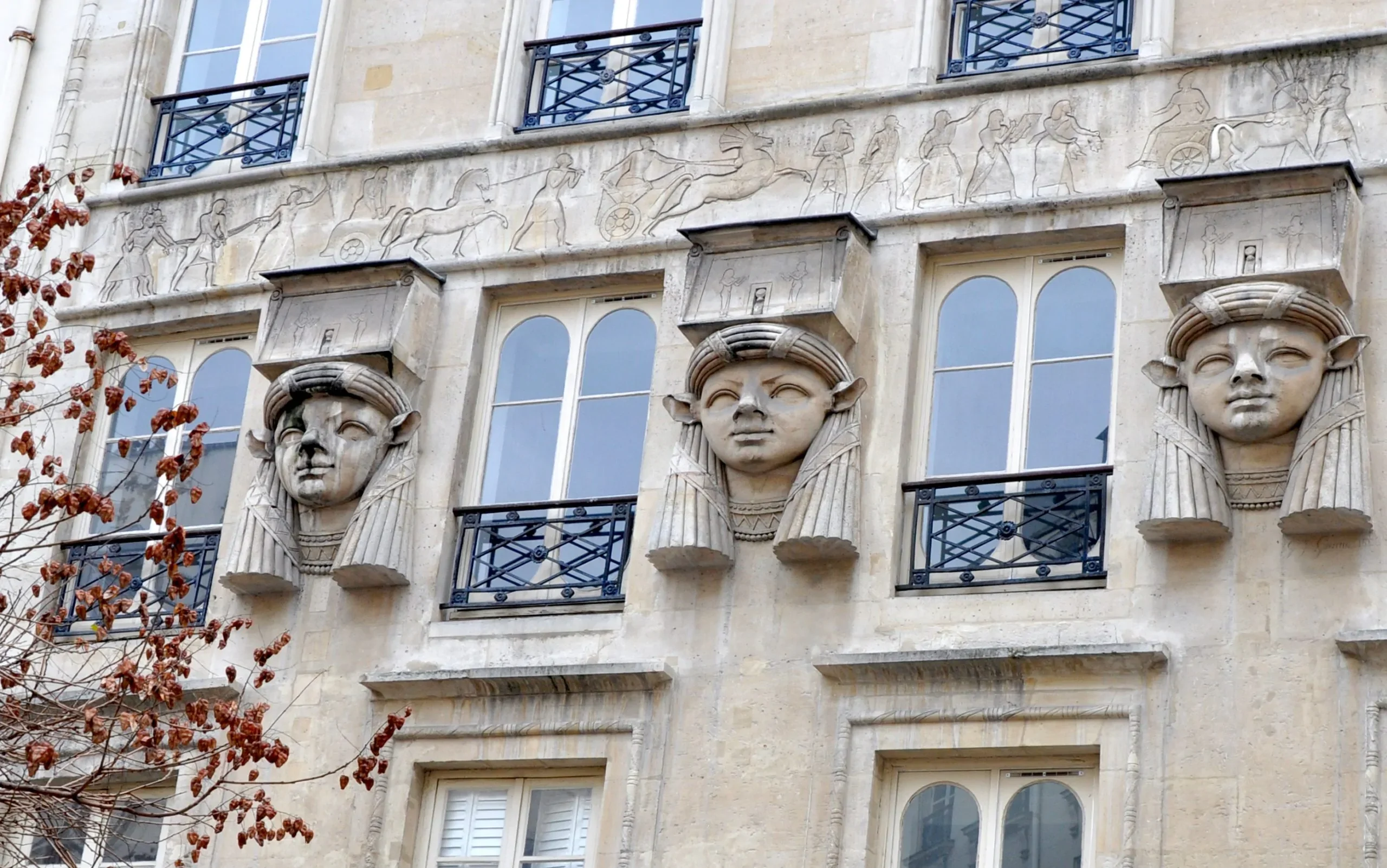
Le passage from Cairo is the longest in Paris and certainly one of the liveliest. Thus, it was inspired by Grand Bazaar of the Egyptian capital. Created on the site of the Filles-Dieu convent, it is said that its paving comes partly from the tombstones of the nuns. Apart from its name, it in no way recalls the splendor and wealth of Egypt, having been deliberately designed to attract less luxurious businesses. However, it leads to Cairo Square including the facade of No. 2 is covered in hieroglyphics and decorated with columns lotus capitals and three heads of the goddess Hathor.
Discover the Institute of Human Paleontology
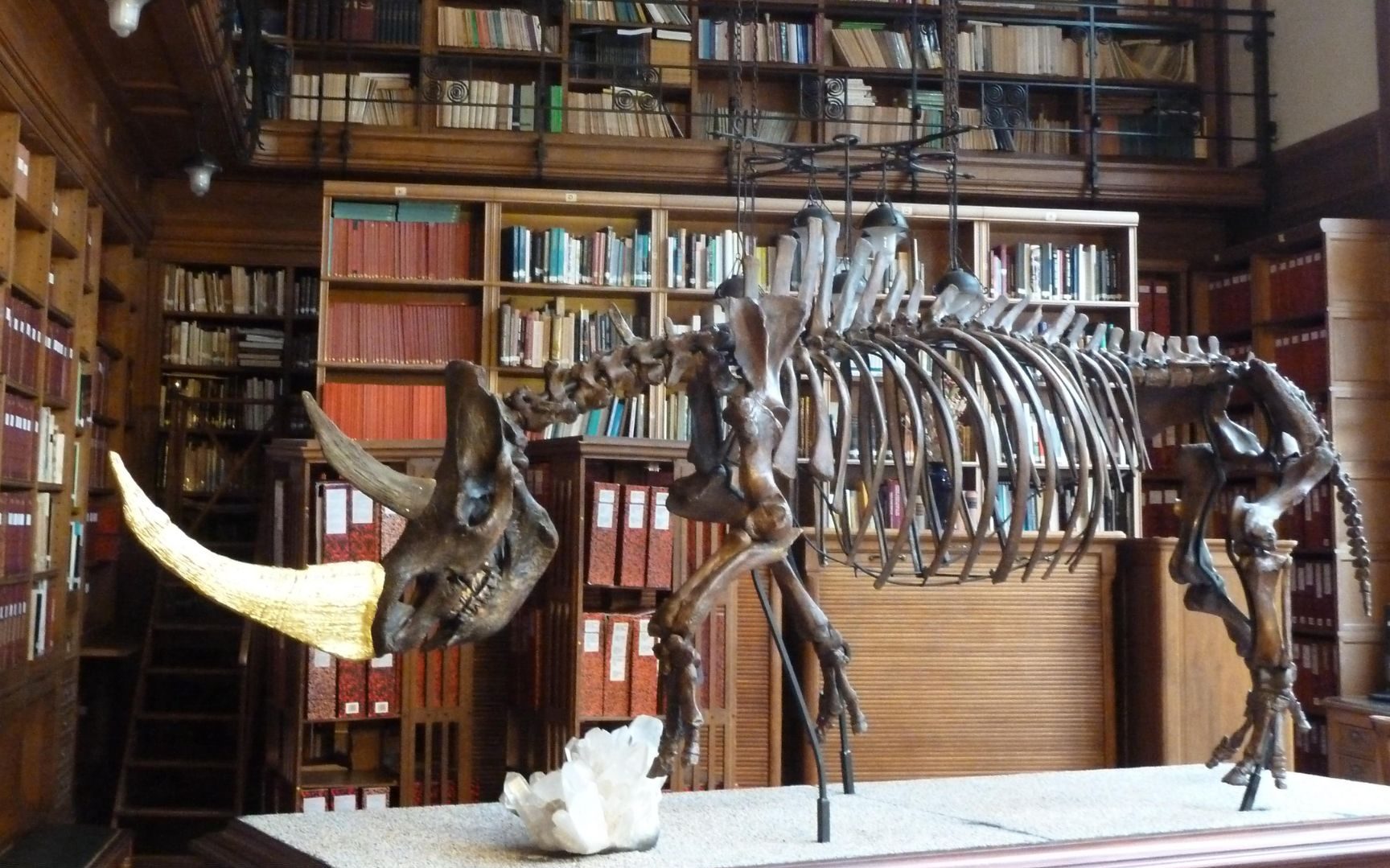
At the corner of the rue René-Panhard and boulevard Saint-Marcel, astonishing high reliefs run across the facade of a massive brick and stone building. Seat here the Institute of Human Paleontology (IPH). An astonishing place with no equivalent in the world. First, created in 1910 on the initiative of Albert I of Monaco, its vocation was to offer researchers a lasting structure to develop prehistoric science. Furthermore, the open conferences to the general public which are regularly organized in the IPH amphitheater, allow you to enter the premises and see the pretty library where a Thinoceros skeleton, surrounded by more than 17 pounds, as well as a pretty research laboratory where many skulls and bones are stored.
Institute of Human Paleontology – 1 Rue René Panhard, 75013 Paris
It’s here to see the most unusual places in Paris!

